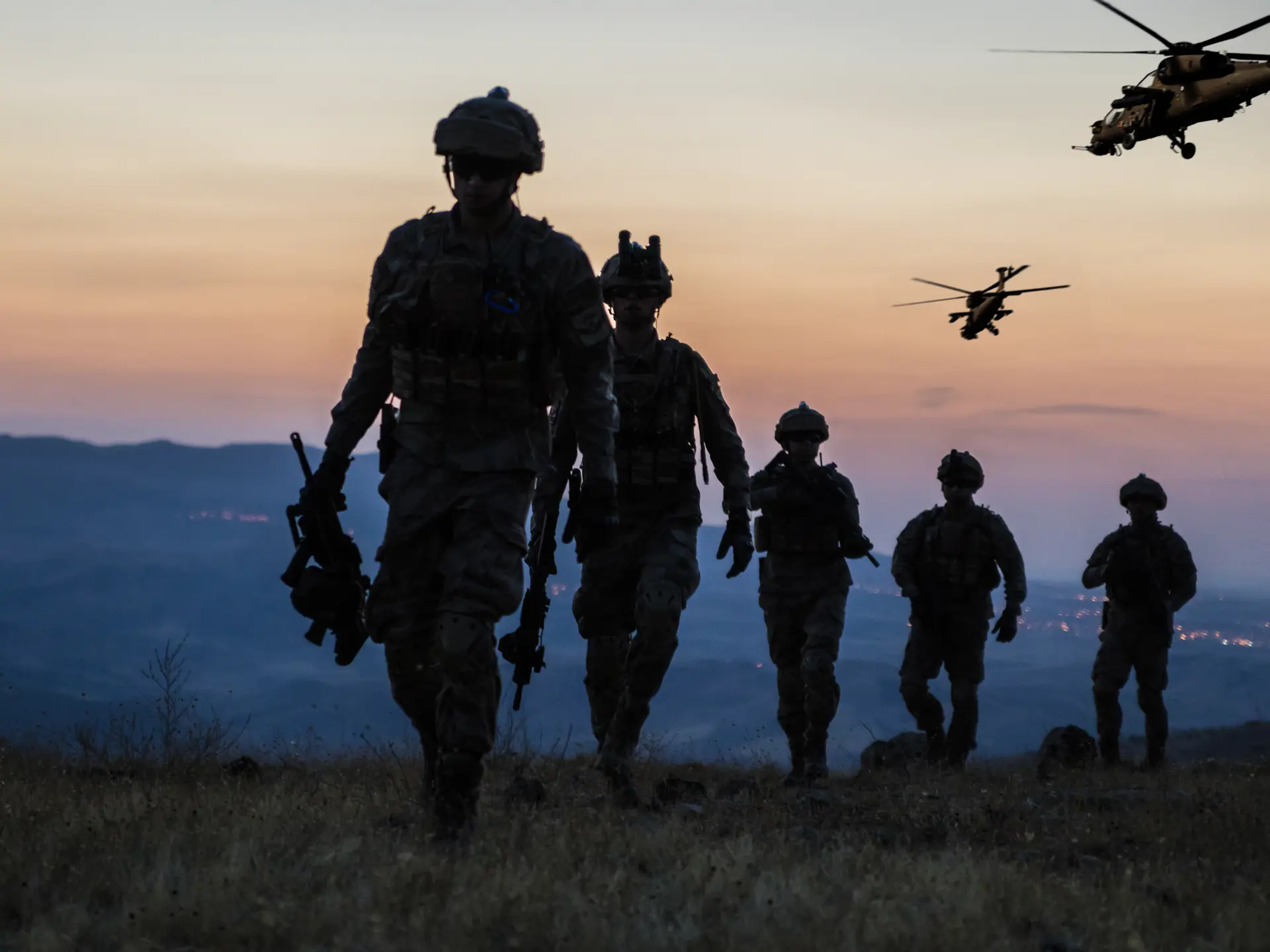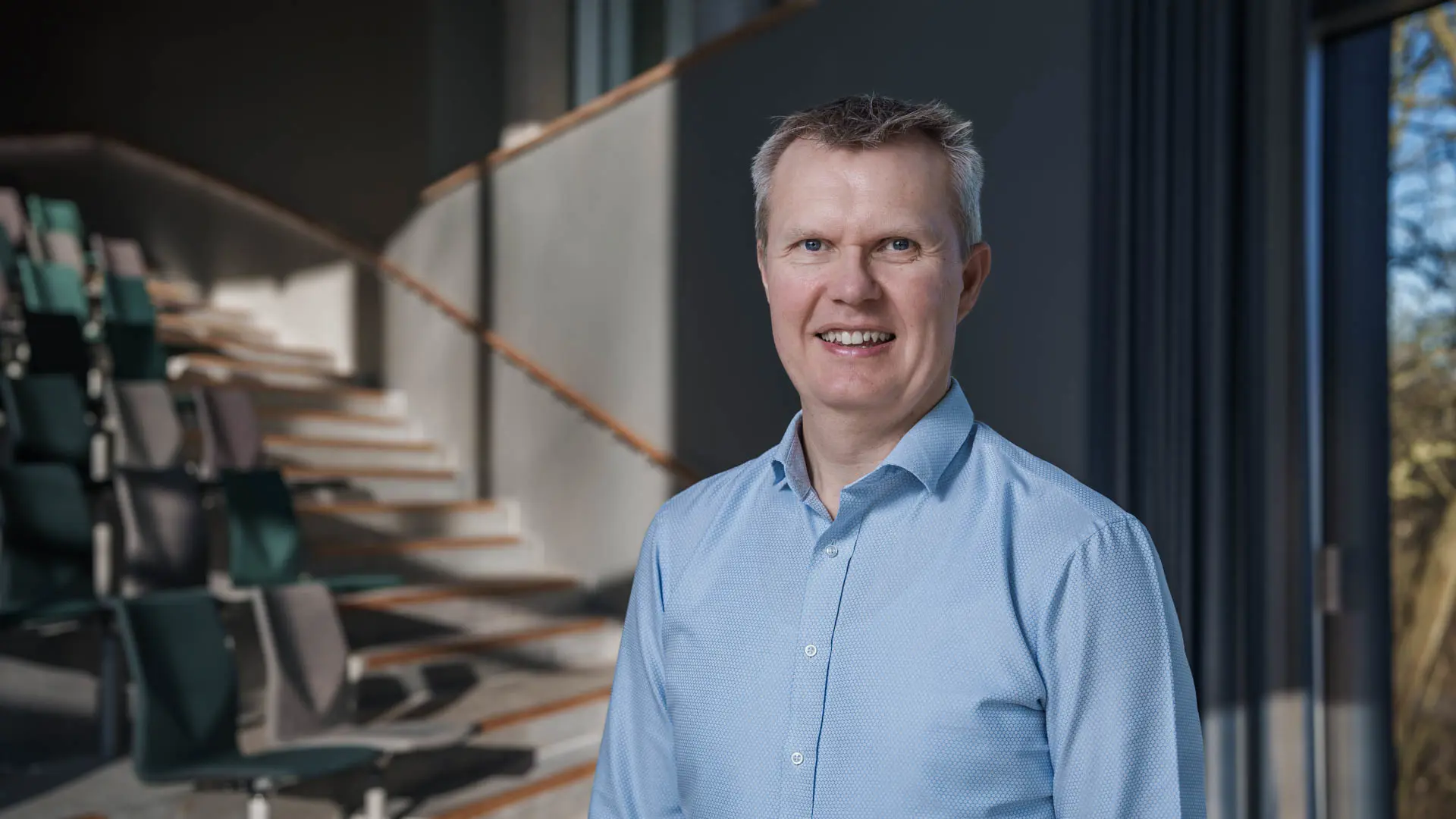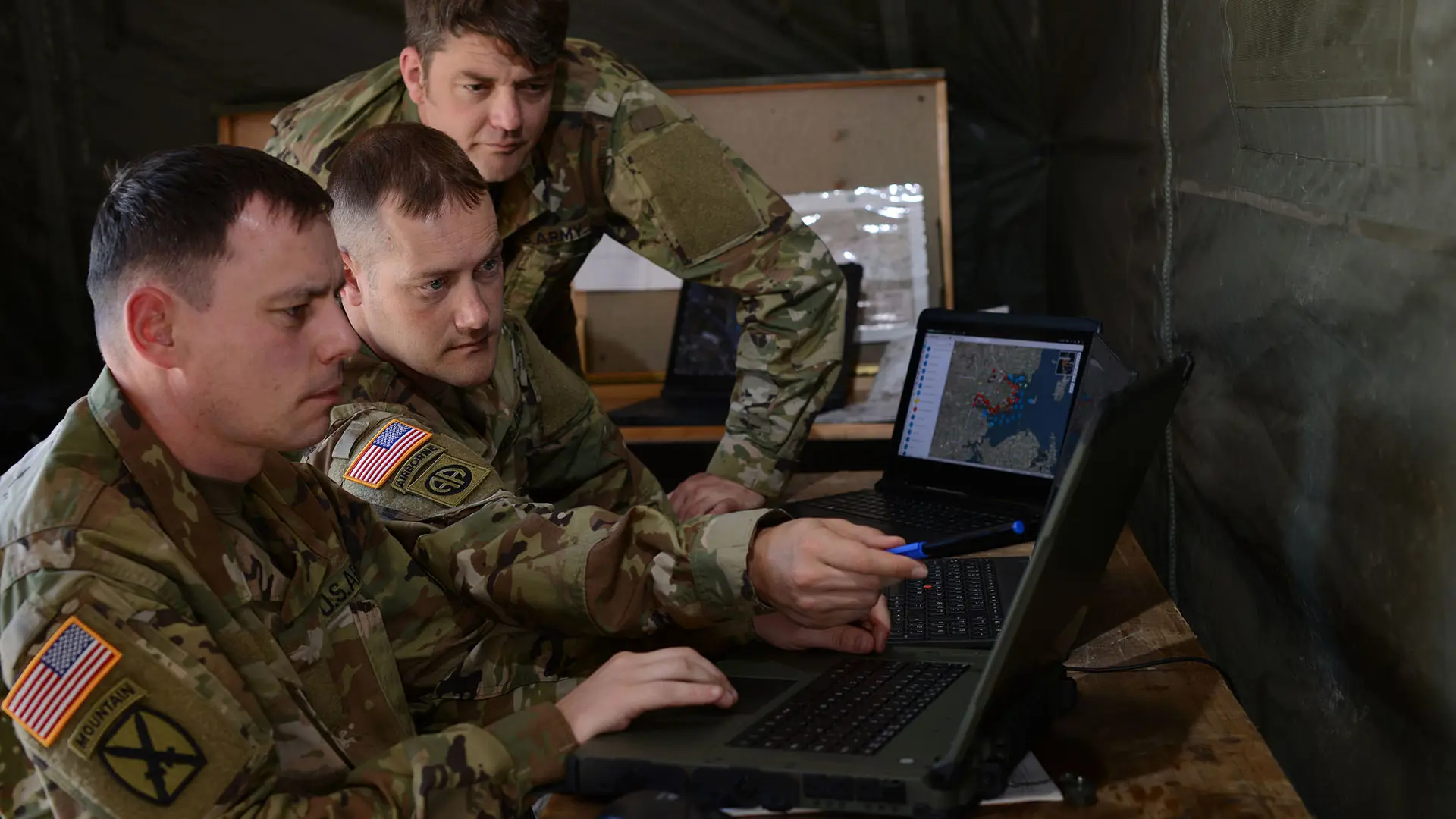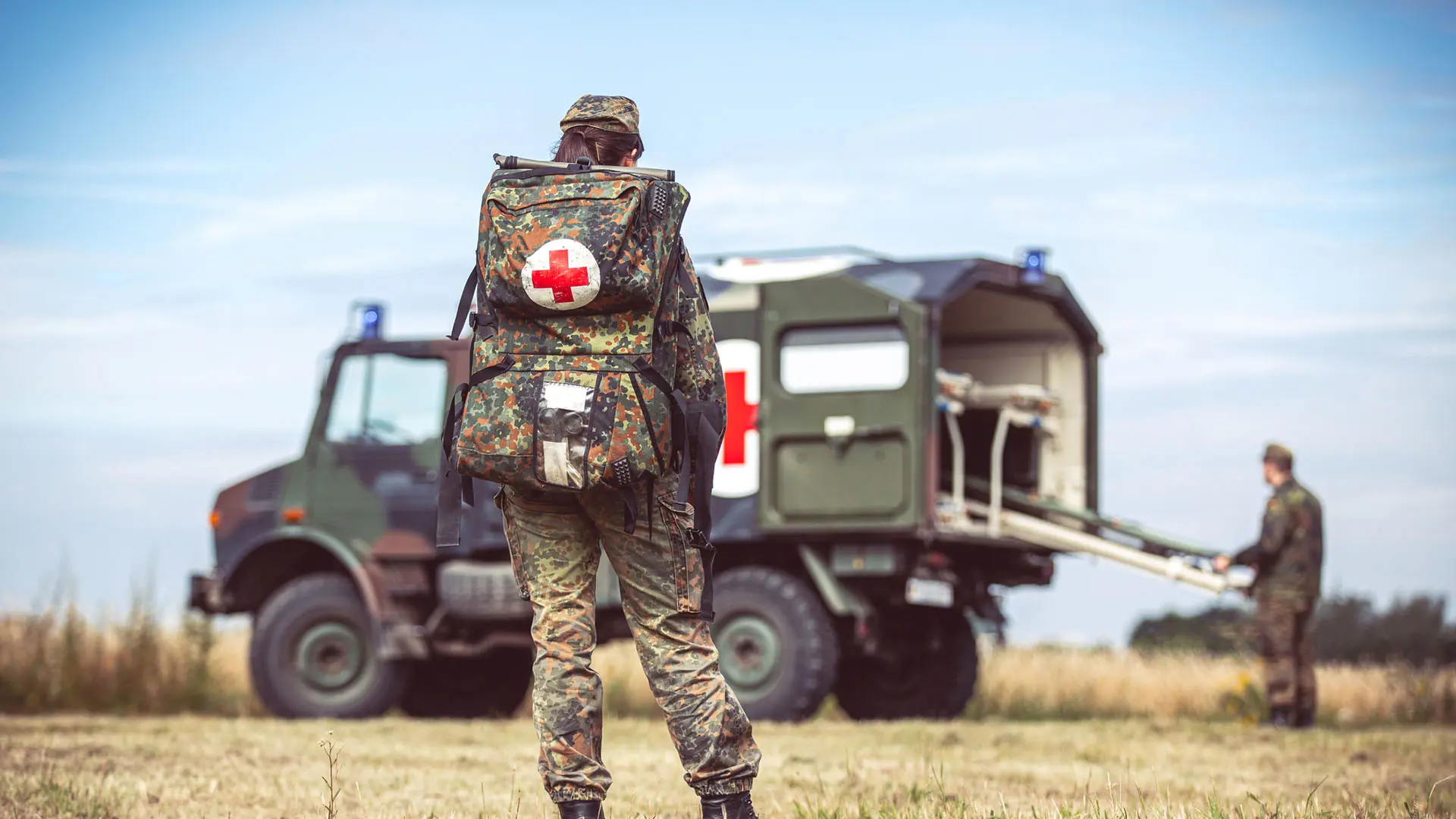Systematic and Helsing to make drones an integral part of future military preparedness and emergency response
The collaboration between Systematic and Helsing will strengthen Europe’s control over its defence data – and bring military and civil security closer together.
By Flemming Østergaard - published by Computerworld.
When drones are suddenly observed flying across critical facilities such as airports, power plants or data centres, most European countries have no effective defence. Danish Systematic and the European drone company Helsing want to change this situation, and a few weeks before the episodes with unidentified drones flying over several Danish airports, the two companies officially signed a cooperation agreement.
“All the incidents involving unidentified drones in Danish airspace show why Europe must be able to protect itself with its own systems – and by owning its own data,” says Kartheeban Nagenthiraja, Commercial Business Development Director at Systematic.
Systematic already supplies a digital management system used by NATO and more than 50 nations worldwide for planning and managing military operations. The system, called SitaWare, is a command-and-control system that gathers information from drones, sensors and devices in the field and translates the data into a common situational picture (CSP).
For its part, Helsing has developed technology that allows drones to work intelligently together in swarms, enabling them to detect, identify and counter threats.
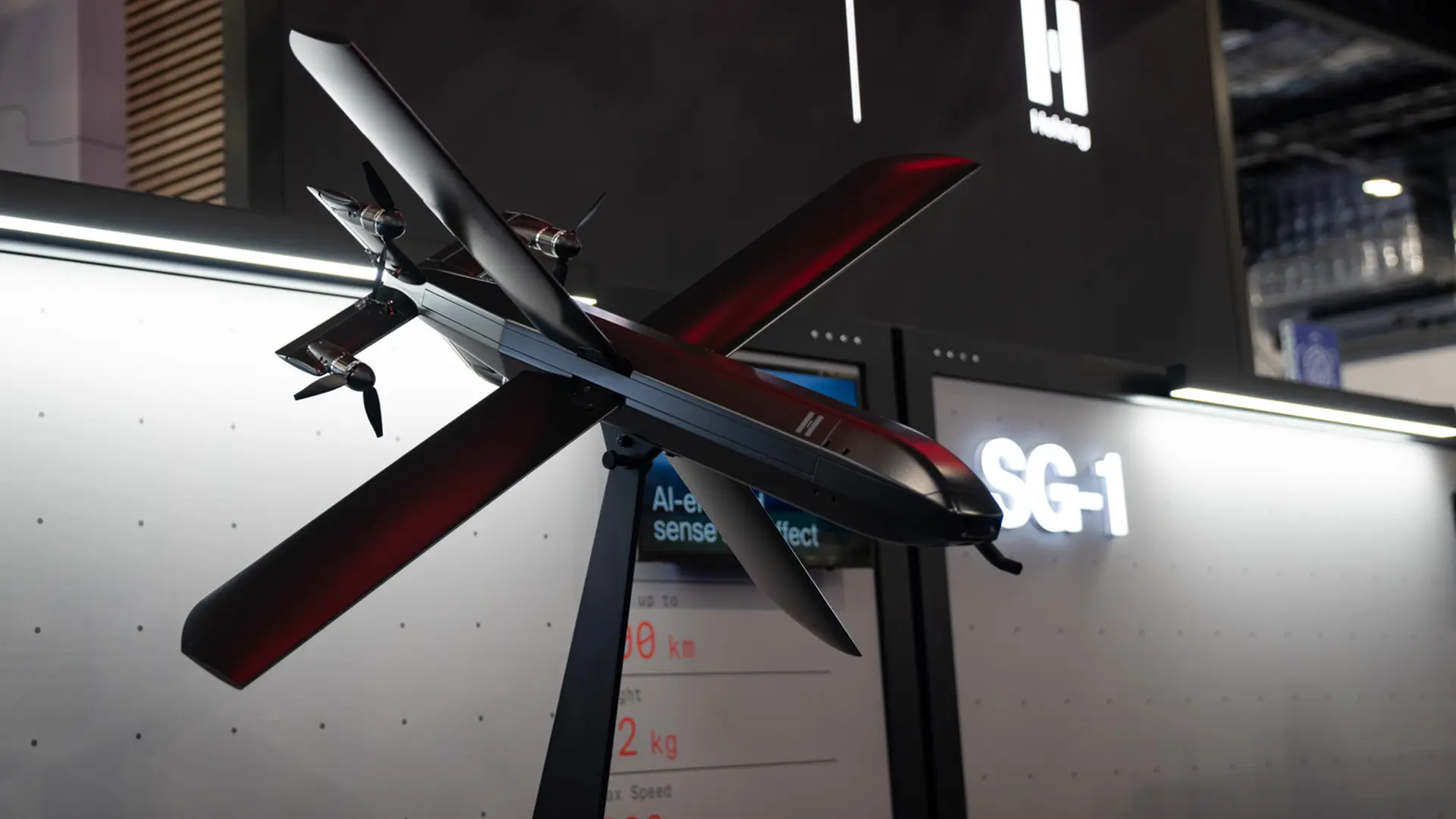
From chance observation to rapid response
The incidents in September that saw unidentified drones flying over Danish airspace emphasised the need for better surveillance and responsiveness. And such incidents are not unique – other European countries have also experienced unauthorised drones entering their airspace in recent years.
“You can detect drones on radar – for example using Danish technology from the radar company Weibel which can detect even small drones from considerable distances. However, it takes more advanced analysis and coordination to assess what you are seeing and how to respond. This is where Helsing can supplement our systems with AI and drones that can both recognise patterns faster and actively participate in the response,” explains Kartheeban Nagenthiraja.
The collaboration with Helsing has now made it possible to integrate data from drones directly into SitaWare, so that an operator can see a complete situational picture of the airspace, activate a drone swarm directly from a command screen and send drones into the air to identify and – if necessary – neutralise an intruding drone.
Flexible architecture
A key principle for SitaWare as well as the collaboration between the two companies is that the solution is based on an open architecture. This means that customers are not locked into a specific drone supplier, but can freely integrate different platforms and sensors into the SitaWare system. This flexibility is crucial for both military and civilian users who need to be able to combine multiple technologies across vendors.
“Both at Systematic and Helsing, we are ‘hardware agnostic’, which means that the system can work with different types of drones, sensors and communication systems. It’s about creating flexibility – not new technological dependencies,” says Kartheeban Nagenthiraja.
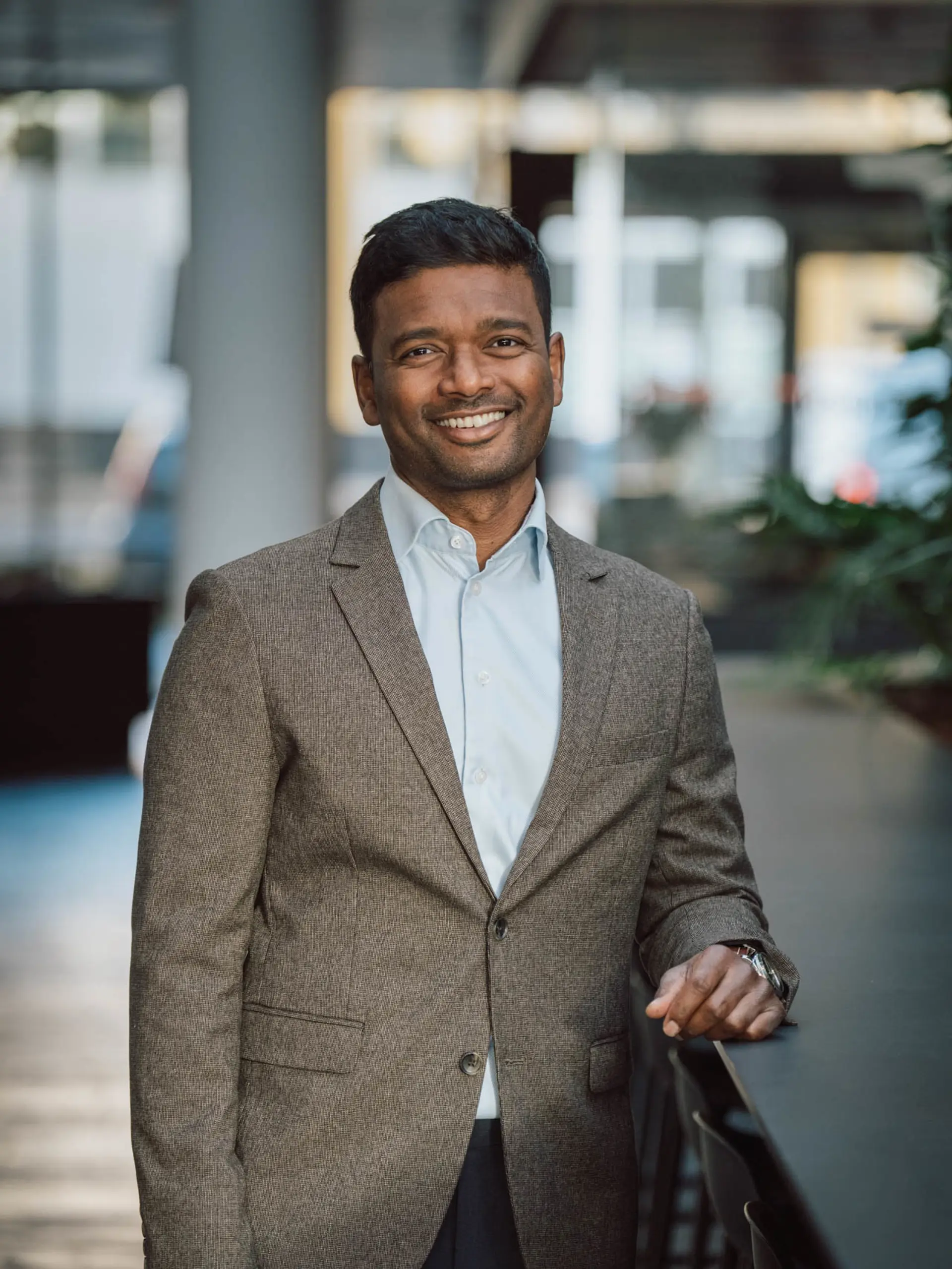
The collaboration between Systematic and Helsing also has a political aim – Europe increasingly wants to develop and own its own technology, especially in areas such as defence, communications and artificial intelligence.
“For Europe to stand on its own feet in a crisis, we must be able to operate and maintain our own systems. This applies to software, data and infrastructure,” he says.
He points out that the collaboration between Helsing and Systematic is an example of how European companies can create technology that both matches and complements American solutions, but which is based on European values of transparency, ethics and control.
AI plays a key role in the technology, but always in a supportive capacity – not as a replacement for human judgement. AI helps the drone operator to recognise patterns, analyse images and calculate the most efficient way to search an area.
“But the decision to act – it’s still a human being who’s behind that. AI makes it possible to react faster, but the responsibility is not left to algorithms,” he says.
Data sovereignty – Europe’s digital backbone
He emphasises the importance of Europe gaining more control over its own data and communication systems, not least in Denmark.
“We’re one of the most digitalised countries in the world. If our systems are on foreign infrastructure, they can basically just switch us off,” says Kartheeban Nagenthiraja.
He points out that many critical sectors use cloud solutions owned by foreign entities. But while the server might be located in Europe, it is not necessarily European. It’s a question of control, not geography.
This is why Systematic works with so-called island operations – creating one’s own island of functionality and secure communication systems.
From military technology to civilian use
Although the Helsing collaboration stems from the defence sector, the potential is much broader. The same drone swarms and surveillance systems can also be used for rescue and disaster response.
“Imagine there’s a child lost in a forest, or a flood where you have to locate people in the water. A drone swarm equipped with thermal cameras can search a large area much faster than helicopters can,” explains Kartheeban Nagenthiraja.
During the war in Ukraine, for example, drones with sensors were used to map water levels and damage after the Kakhovka Dam was blown up in 2023, jeopardising the Zaporizhzhia Nuclear Power Plant – exactly the type of data that can also be processed in the SitaWare system.
The market for security and emergency response technology is growing significantly in Europe, not least in the wake of the Russo-Ukrainian war and the increasing demands for national resilience. Systematic is experiencing a growing demand for solutions that can create a common situational picture between authorities and partners – both nationally and internationally.
“We see the line between defence and civil security becoming ever more fluid. Today, many threats are hybrid – hitting not only military targets, but also energy, communications and other critical infrastructure. Therefore, the systems we develop must be able to work across different sectors and authorities. It’s about protecting the whole community – and ultimately saving lives, whether in a war situation or during a disaster,” says Kartheeban Nagenthiraja.
Facts: Helsing
Founded in 2021, the German company Helsing has quickly established itself as one of Europe’s most ambitious defence start-ups. Helsing develops both decision support software and hardware in the form of drones and sensor systems that can form swarms and communicate with each other without constant human control. The company is headquartered in Munich with offices in London, Paris and now also partnerships in Scandinavia. Helsing’s stated mission is to ensure European ownership of the algorithms and data systems that will be at the heart of future defence.
Facts: Systematic
Aarhus-based Systematic is one of the world’s leading suppliers of C4ISR systems for defence, but the company also supplies IT solutions for the police, hospitals, elderly care, libraries, utilities and finance. Its C4ISR system SitaWare gathers and coordinates information across military units, authorities and emergency services, and is used by over 50 nations, including NATO, Denmark, Sweden, the UK and the USA. The SitaWare suite ranges from headquarters software to mobile solutions in vehicles and hand-held devices in the field. With its open architecture and associated IRIS suite that handles communication and data sharing, Systematic solutions act as the digital link between people, sensors and decisions – regardless of technology and nationality.
